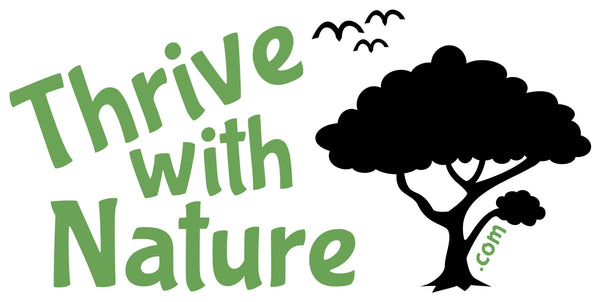Bird watching brings many benefits, including improved mood and mental health, due in part to lessening of stress, anxiety and depression. Birding can also nourish the senses, sharpen the mind, improve observational skills and increase social interaction. For more benefits, check out my Pinterest board: Therapeutic Birding.
Concerned that you don’t know enough about your local birds to facilitate a birding program? No worries. Enthusiasm and curiosity go much further than expertise when it comes to inspiring nature engagement.
Provide opportunities for your participants to see birds and to share their stories and knowledge with each other, and you’re off to a great start. You can enjoy learning more about your local birds as you go.
Here are 11 simple therapeutic birding activities that you can facilitate:
- Invite birds in to visit with your participants, like Rocky the cockatoo, who accompanies her human, Diane, to visit care home residents in Langley, BC. Contact a local bird rescue organization to find out if they provide such a service.
- Sit at a window with a leafy view or outside in the garden to watch and listen for birds, one-to-one or in a small group. When I recently spent time in a care home garden, a visitor told me that she spends time with her mom every day and her mom always wants to be taken outside to the garden to watch and listen for the birds. So simple and so nourishing!
- Watch birds live online via webcam. There are dozens available, so use Google or another online search engine to find bird webcams local to you. Here are some popular ones in the U.S. from Cornell and Audubon. It was evening when I first tried this on my own and it took me a minute to figure out that the webcam wasn’t malfunctioning; I wasn’t seeing anything because there was nothing to see in the dark. :) You can also share non-live videos, like Baby Birds Bathing, a 3-minute video that I created. And lots more bird videos to find on YouTube.
- Take slow strolls in your neighborhood to listen for songbirds. Look for areas with bushy shrubs and trees with flowers, berries or seed. Move slowly or stop and wait. Look up too, and down for ground foragers.

- Go on outings to visit your local wild bird supply store, where there's lots of inspiration. Buy a small amount of quality bird seed (for # 6).
- Go on outings to parks where birds are tame enough to feed from your hand. Bring quality bird seed to give to each willing participant. Stretch out an open hand with seed on the palm and wait. If no luck, watch ducks and other water birds instead.

- Provide a nesting box for a local songbird. Tip: many of the decorative nesting boxes are just that: decorative! Ask at your local bird store for expert advice.

- Provide clean water for birds to drink and bathe in (needs refreshing regularly)
- Invite people to notice birds more by providing posters of local birds, and place a garden activity sign (‘Listen for Me’) where birds spend time in your garden.

- Attract more songbirds to your garden by growing more plants that provide bird food (seeds, berries and nectar), cover (dense shrubbery and trees) and nesting material (fluffy seed heads, loose twigs, etc.). Resist tidying and pruning your plants so much that you remove the bird food.
- Ask your participants for their stories about bird encounters, then share pictures and songs of a few common local birds. Click here to learn how I started a therapeutic birding program with these two activities.
Which of these 11 birding activities are you excited to offer first?

All photos copyright Shelagh Smith




